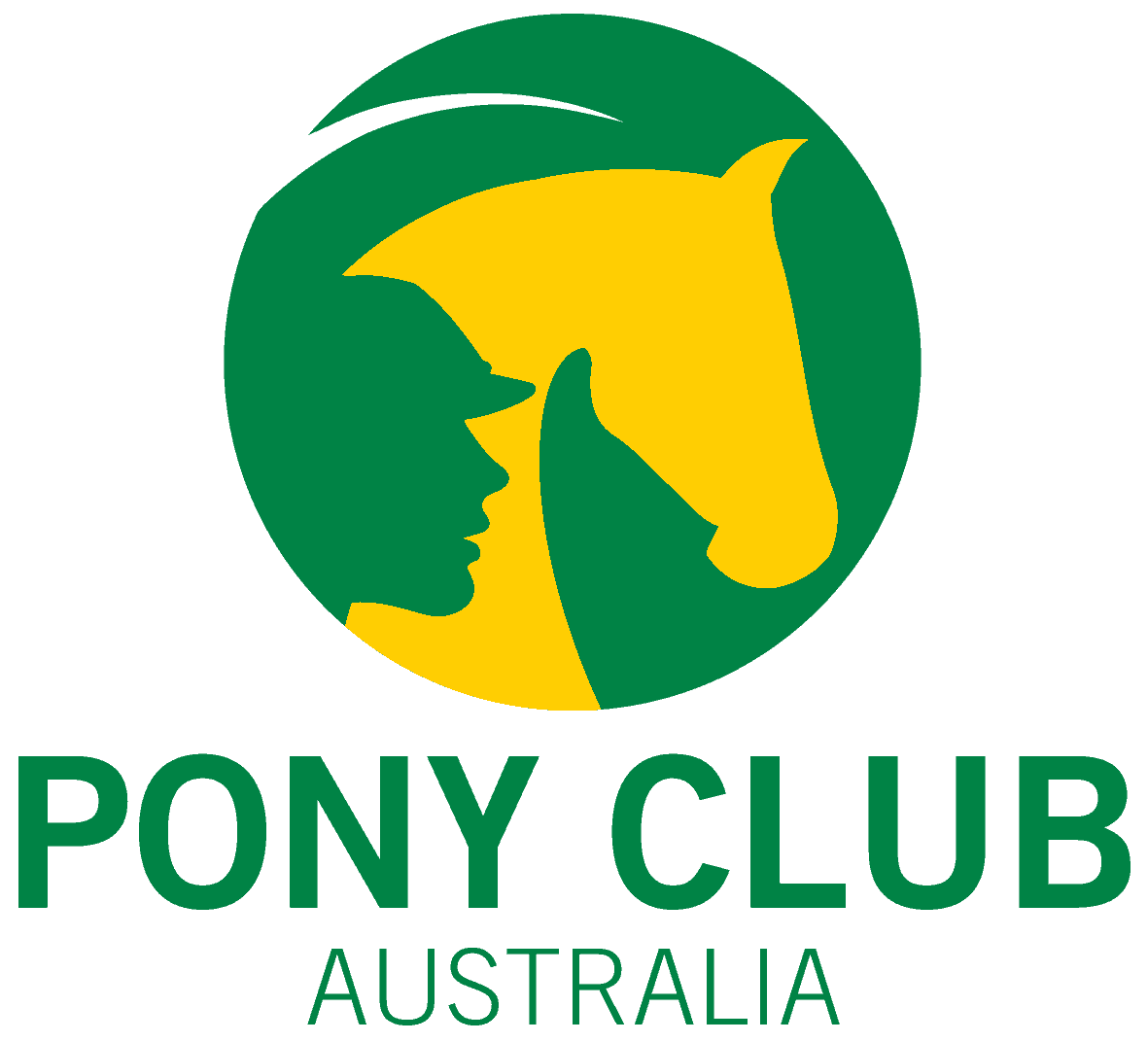By Fiona Dearing, Bit Right Equine Bit Fitting
This is a question I ask groups often at pony clubs and the answer I usually receive is along the lines of every twelve months. It’s a fair answer as many people would think about it in a similar way to your dental schedule. Here’s the good news, you don’t need to!
Generally, once a horse is bit fitted the first time he’ll only need to be fitted again if his education level changes or sometimes when there’s a significant change in the horse/rider combination.
Let’s look at a Pony Club combination as an example. Think about the little white pony who sort of shuttles around your club from family to family taking children from on lead to off lead. This pony is going to be working at a similar level for most of his ridden life, he isn’t going to be a Level 2 pony and I’d suggest he has no aspirations to be one! This pony is going to need to be fitted correctly and comfortably just the once. This bit will suit him for his ridden life. If he did show signs of being reactive to the fitted bit after working well in it for some time or became very active in his mouth I’d recommend checking his dental work and body work initially before we revisit the bit.
The other Pony Club combination would be the horse or pony who is moving through the levels along with a rider who’s increasing their skill level. As we go up the ridden levels the questions we’re asking our horses (and riders!) become more specific and complex. It then makes sense that our primary communication tool needs to also be able to communicate these aids. It’s important to note this is not about bitting a horse up. It’s also not about using a piece of equipment to take a shortcut to achieve success at a higher level. Moving through the levels of education should take time for both horse and rider to achieve understanding, correct musculature and confidence. It’s why you don’t start High School at year 12, you go through the previous year levels so when you get to year 12 you’re prepared and able to understand the lessons being taught.
In terms of bitting we need to be very careful we don’t put a year 12 bit into a year 7 mouth or into year 7 hands. This may give a short term benefit but if the learning, training and understanding isn’t there things will fall over at some point. That said, if the horse and rider are at a year 12 level and the rider is finding their aids are feeling ‘slow’ or ‘fuzzy’ then a bit change may assist these more subtle and specific aids to be conveyed in a way the horse ‘hears’ them more clearly. If we think about the difference between a Grade 5 dressage test or jumping course compared to a Grade 2 test or course the biggest difference (aside from the expected level of work) is the questions asked are more challenging and there’s less time in between them. This is often where you’ll need to consider changing your bitting to suit the increased levels of education.
As always, this is generalised information. There are some horses who’ll move through the levels of education and be perfectly happy in the first bit they’re fitted in. There’ll be others who may need more frequent changes. Remember, your connection to your horse’s mouth is a conversation. If one, or the other or you isn’t able to ‘hear’ then considering your bitting choice is an excellent place to start to improve it.
